Introduction
Autism Spectrum Disorder (ASD) is a common disorder that presents daily challenges for patients. Key symptoms include social disorders, communication difficulties, slowed learning, and repetitive behaviors. Although many treatments exist, innovative approaches like red light therapy, also known as photobiomodulation, are gaining popularity for their potential benefits. This article covers how red light therapy works, its benefits for autism, associated risks, and practical considerations.
Understanding Autism Spectrum Disorder (ASD)
Autism typically manifests in childhood and affects about 1% of new births. Often, autism is linked with epilepsy, ADHD, and sensory issues. Common treatments include behavioral therapies like speech therapy, but effectiveness varies.
What is Red Light Therapy and How Does it Work?
Red Light Therapy (RLT), or Photobiomodulation, is a non-invasive treatment using specific wavelengths of red light that penetrate the skin, promoting cellular activity, improved circulation, and natural healing. It targets mitochondria to boost energy production and tackle various health issues. Check our blogs “How Does Red Light Therapy Work?” and “6 Mistakes Not to Make When You Are Doing Red Light Therapy” for more information.

Potential Benefits of Red Light Therapy for Autism
Studies suggest red light therapy provides promising results for autism patients, such as:
- Behavioral Improvements: Better social interactions, communication, and reduced repetitive behaviors.
- Mood Regulation: May alleviate anxiety and irritability.
- Enhanced Cognitive Function: Potential improvements in attention and cognitive functions.
Real-Life Stories and Testimonials
Many families find red light therapy an effective complementary treatment. With potential benefits for cognitive function and cellular activity in the brain, patients report improved social engagement, sleep quality, and overall mood. Case studies reveal improvements in communication skills and reduced irritability over time.

Frequently Asked Questions about Red Light Therapy for Autism
-
Is red light therapy safe for children with autism?
Yes, it’s generally safe at low intensities, but consult a healthcare provider before beginning treatment. -
How often should sessions be scheduled?
Most recommend two to three times per week, but a professional should tailor a plan for each patient. -
Can red light therapy replace traditional autism treatments?
No, it should be used as a complementary therapy, with other treatments like ABA and speech therapy remaining essential. -
Are there long-term side effects?
No significant long-term side effects if used correctly. Always monitor for adverse reactions. -
What equipment is needed for at-home red light therapy?
Commonly, LED panels and handheld devices are used. Choose therapeutic-grade and approved devices.
Red Light Therapy: A Future Treatment Option for Autism?
Red light therapy offers a promising innovative approach for families. With encouraging results, this therapy could help improve mood, behavior, and cognitive function. Visit NoMore’s catalog for quality red light therapy devices and reach us at support@try-nomore.com for assistance.
Additional Resources
- National Institute of Neurological Disorders and Stroke - Autism Information
- Autism Speaks - Support and Resources for Families
- PubMed Central - Lights on for Autism: Exploring Photobiomodulation as an Effective Therapeutic Option

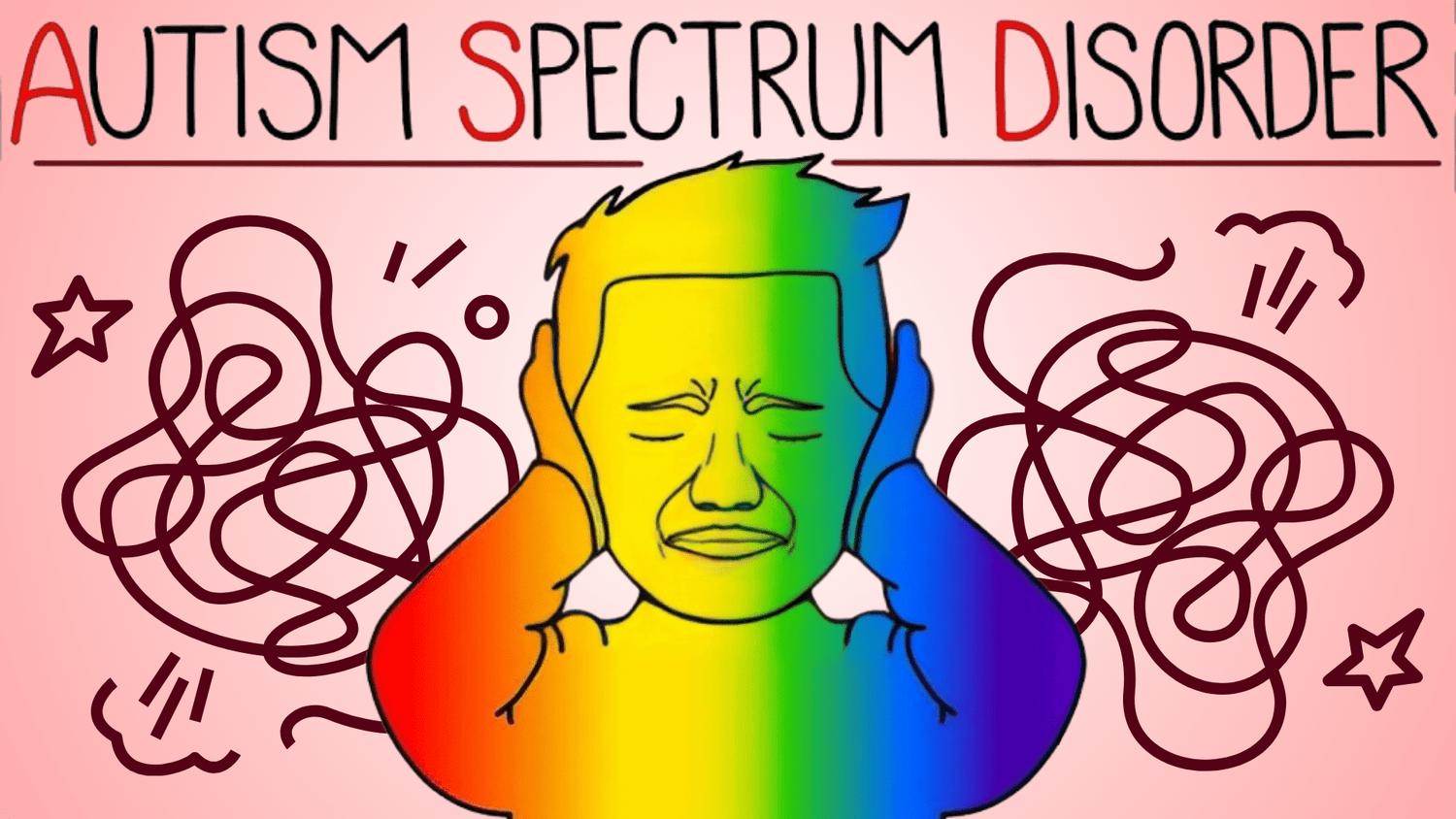
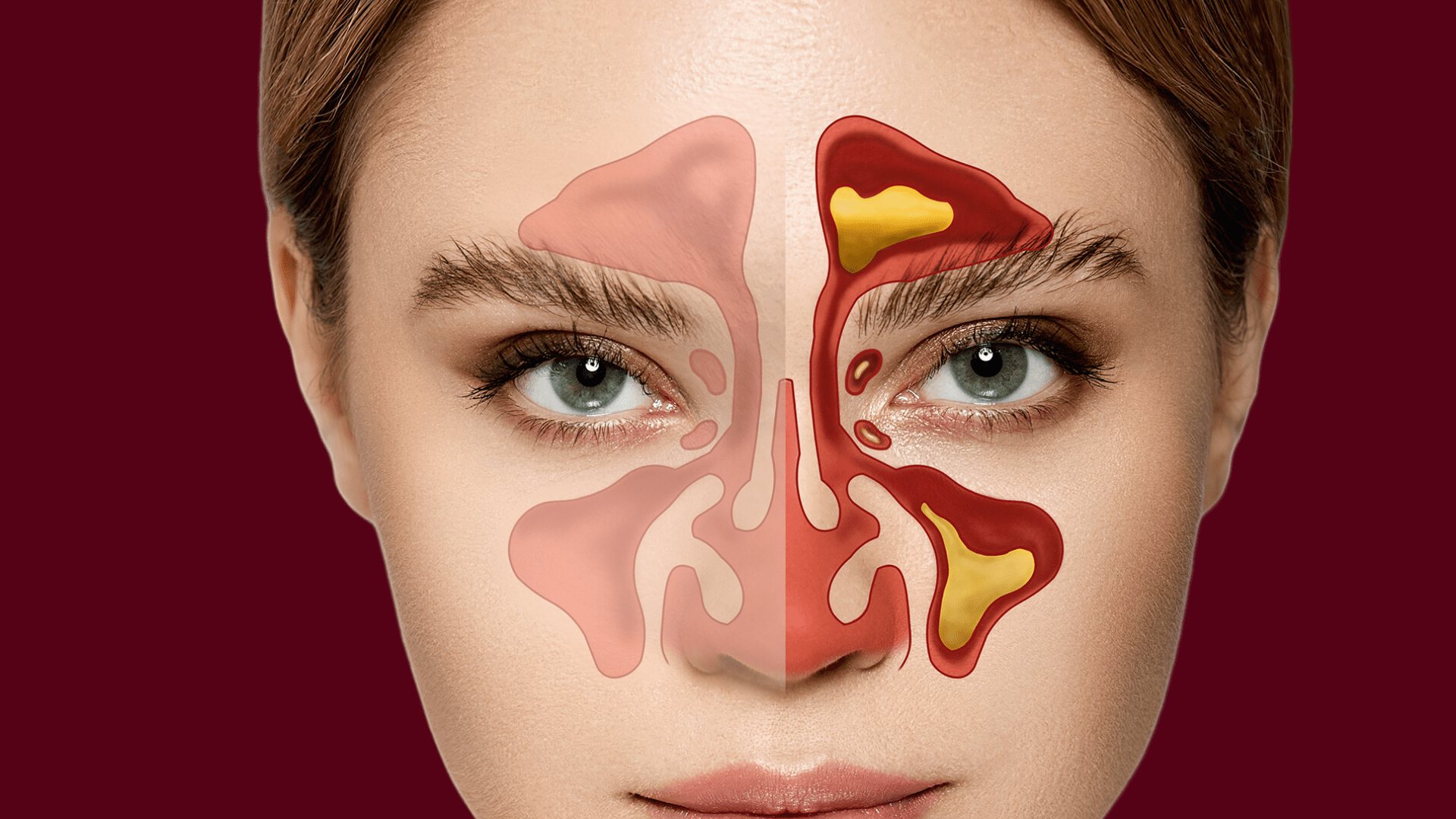
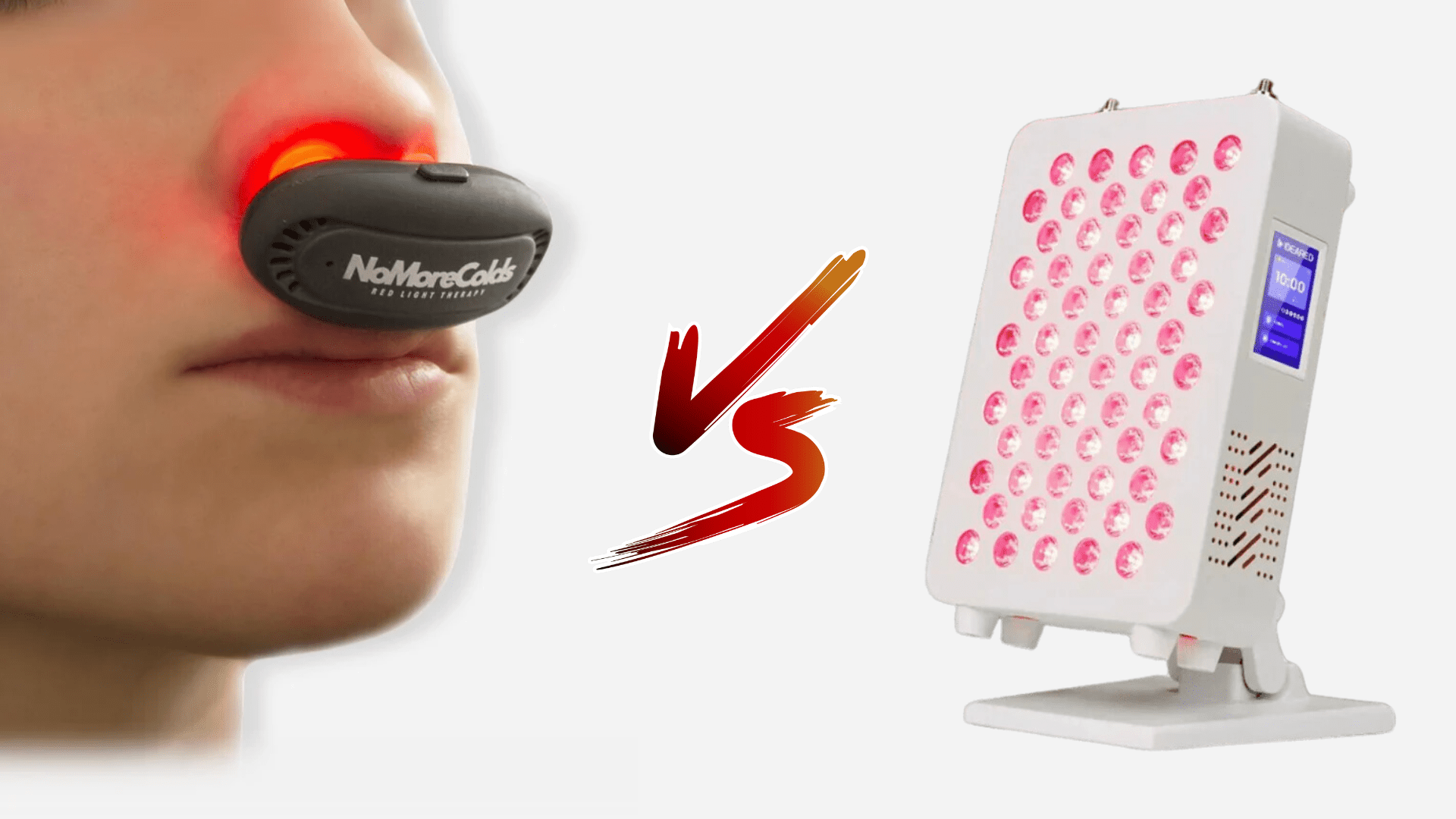
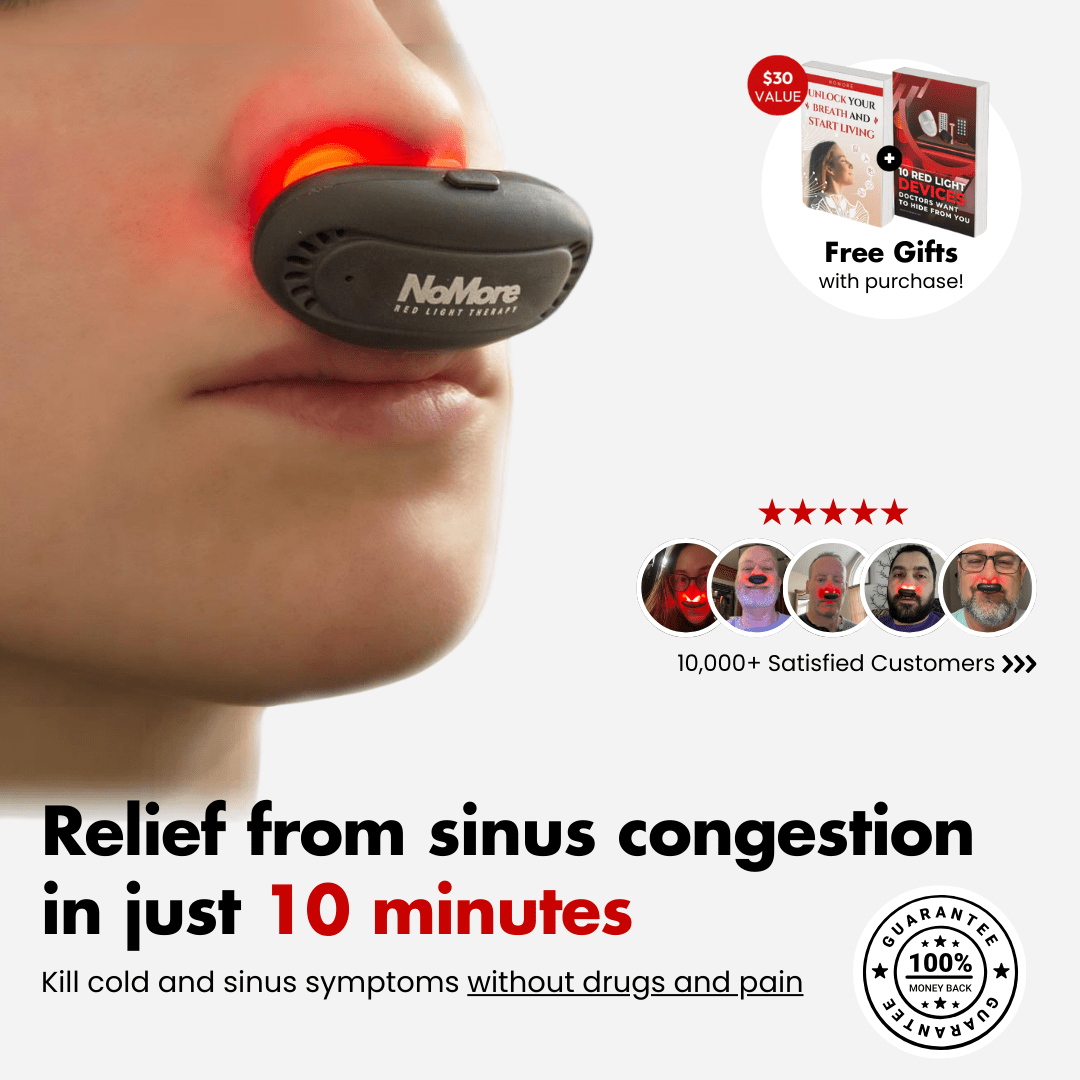
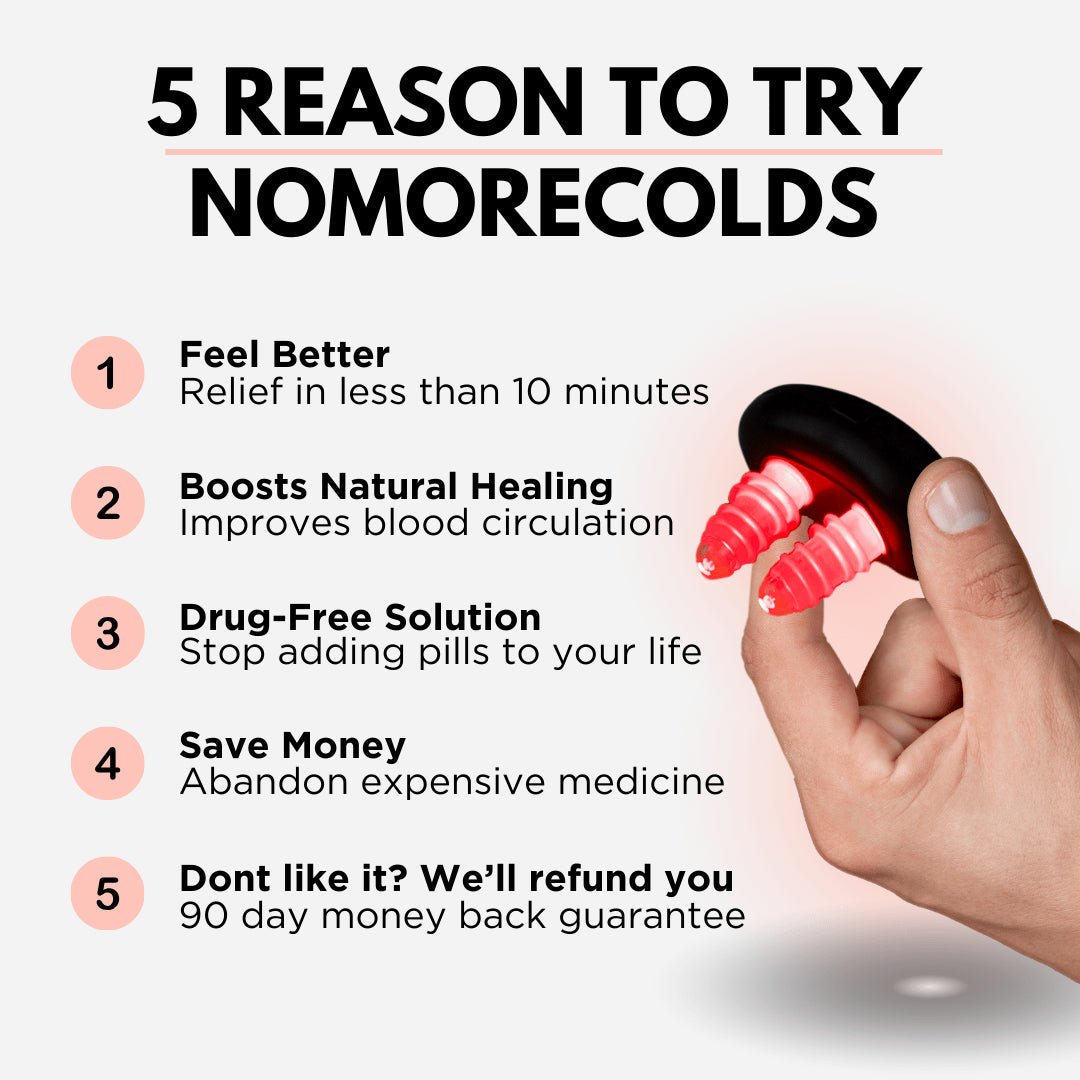
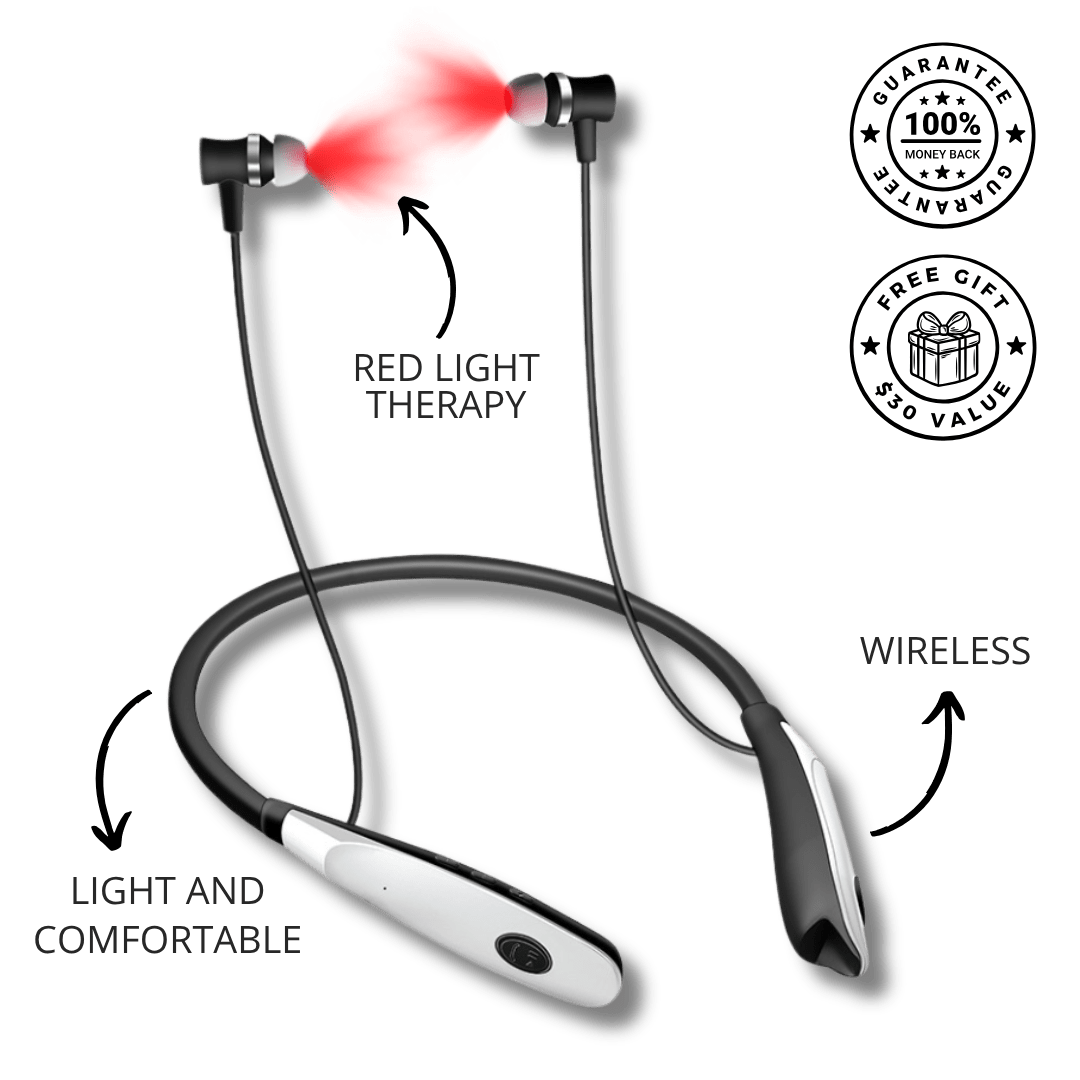
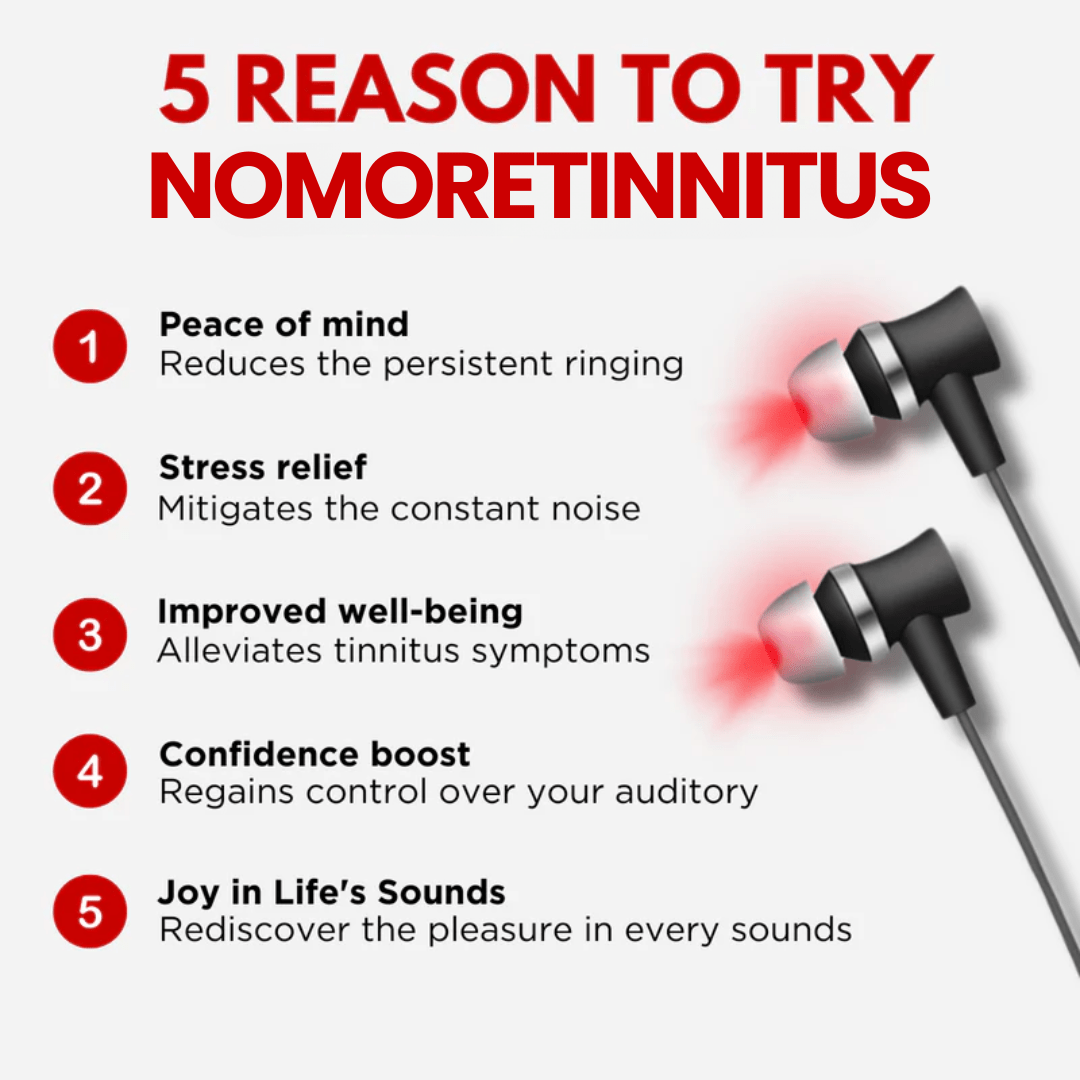
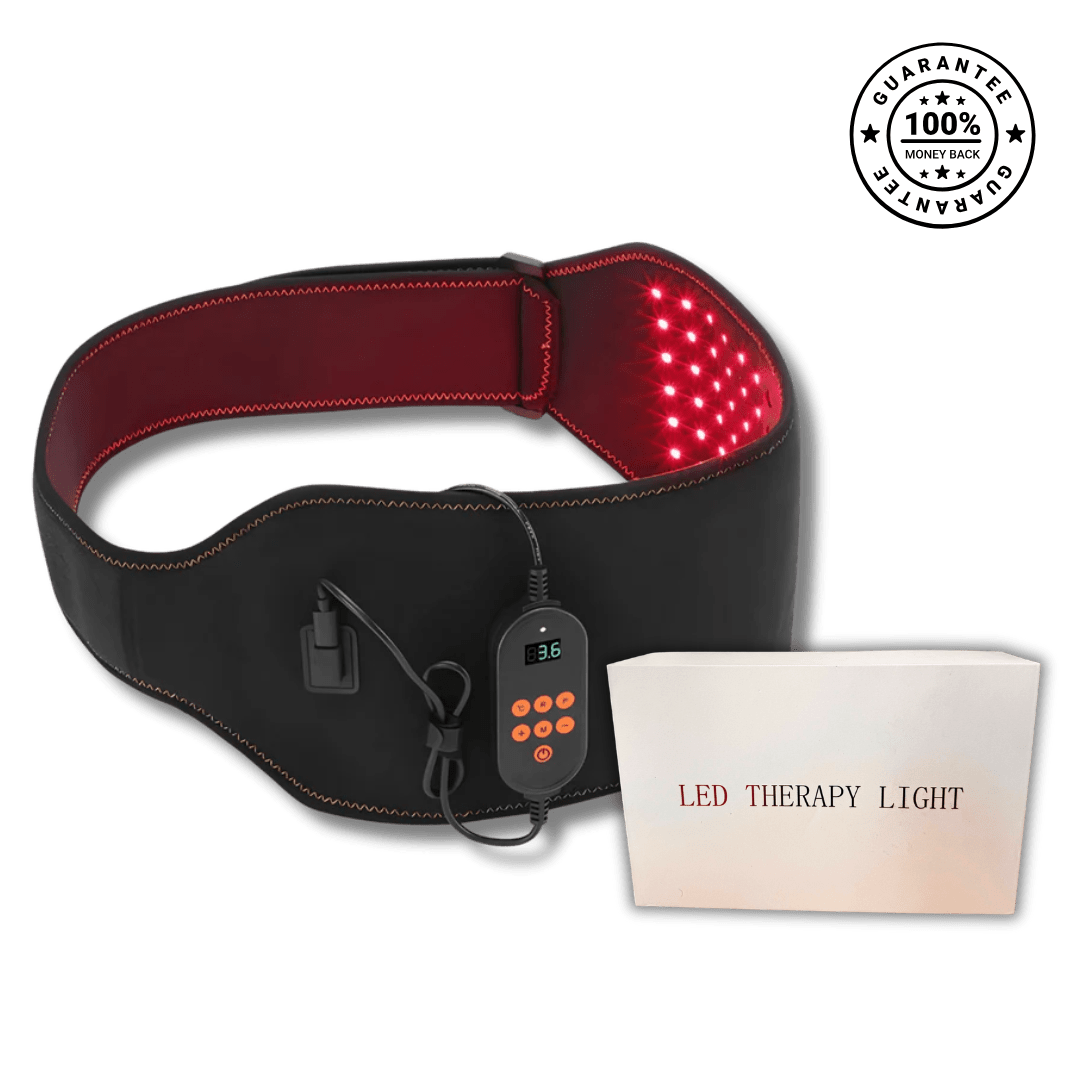
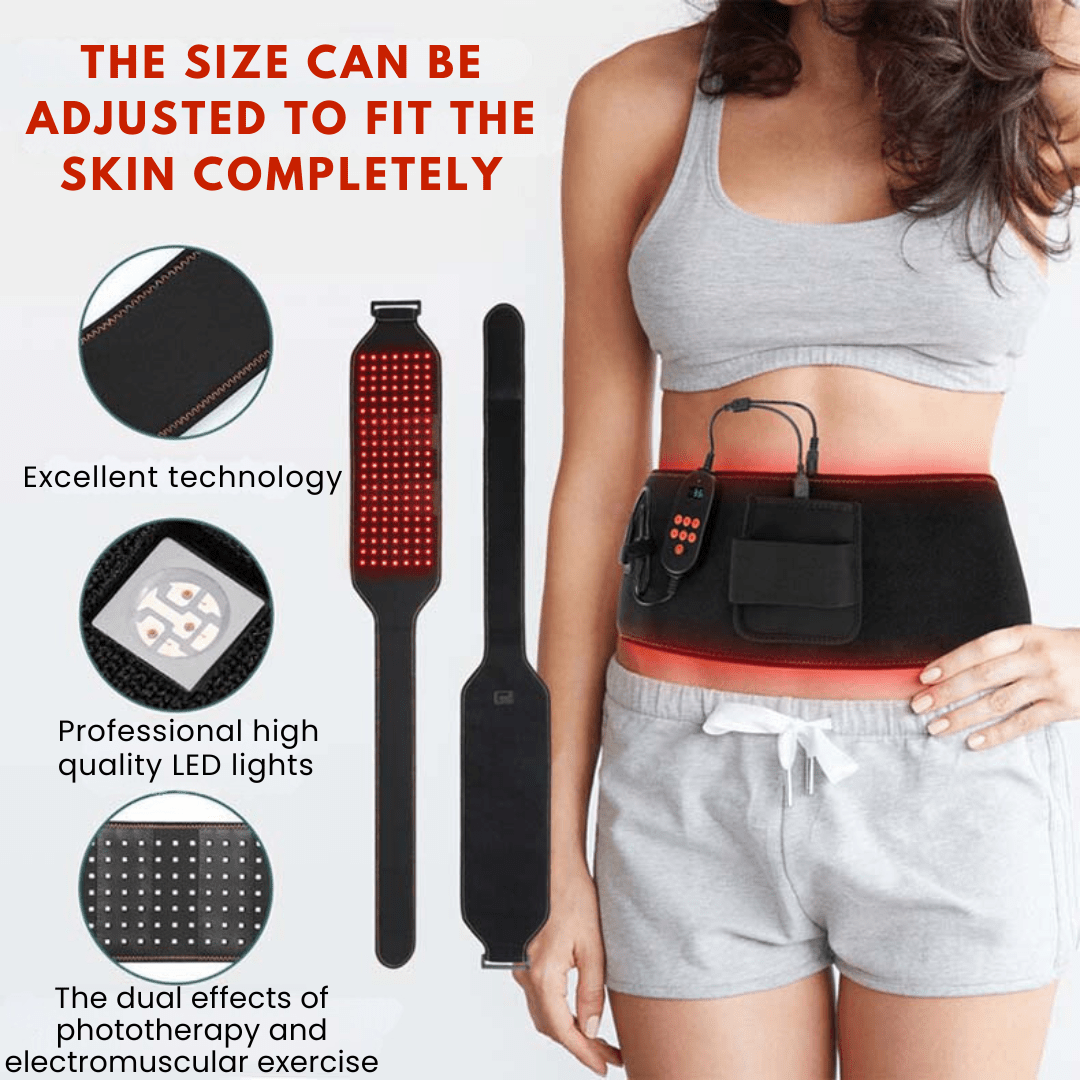
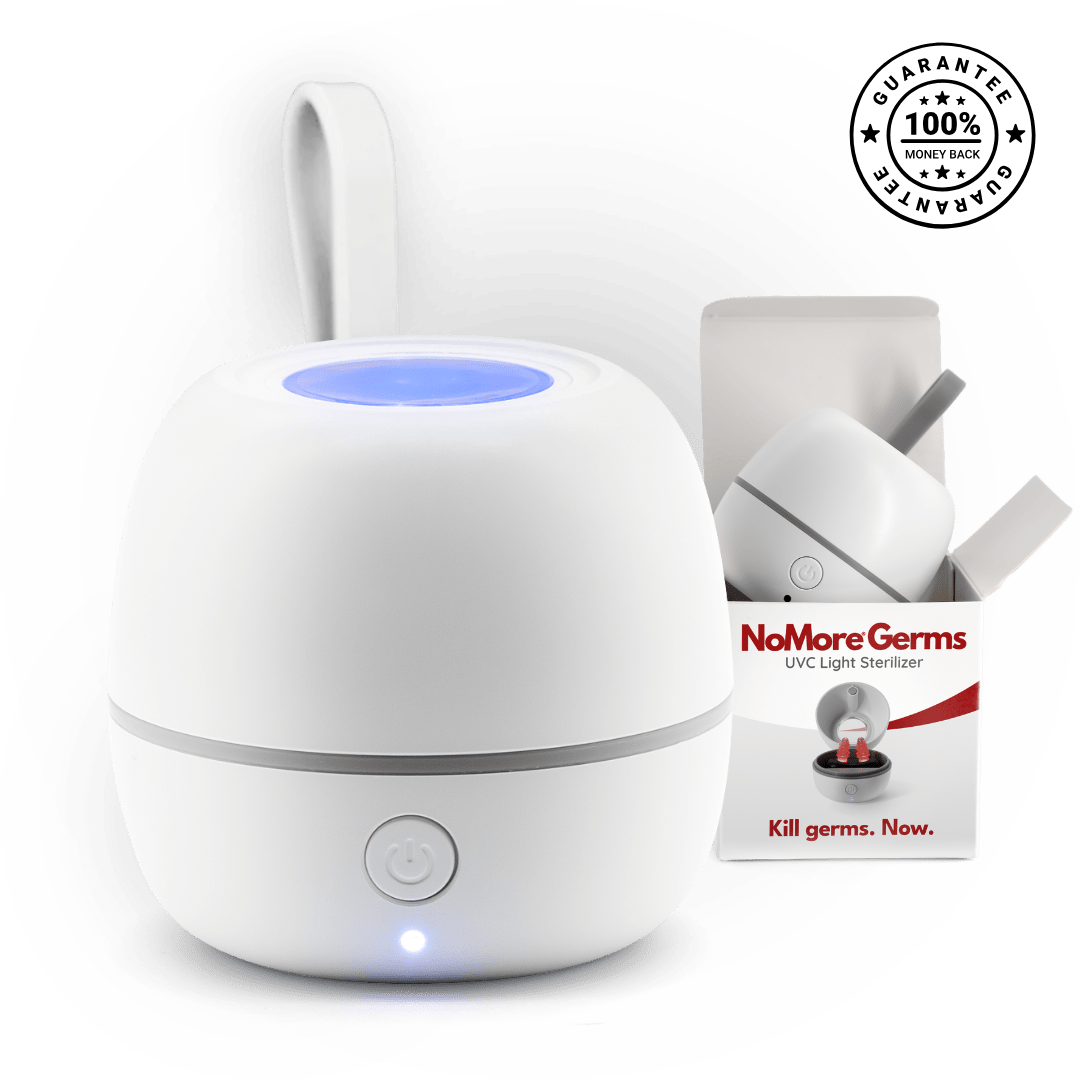
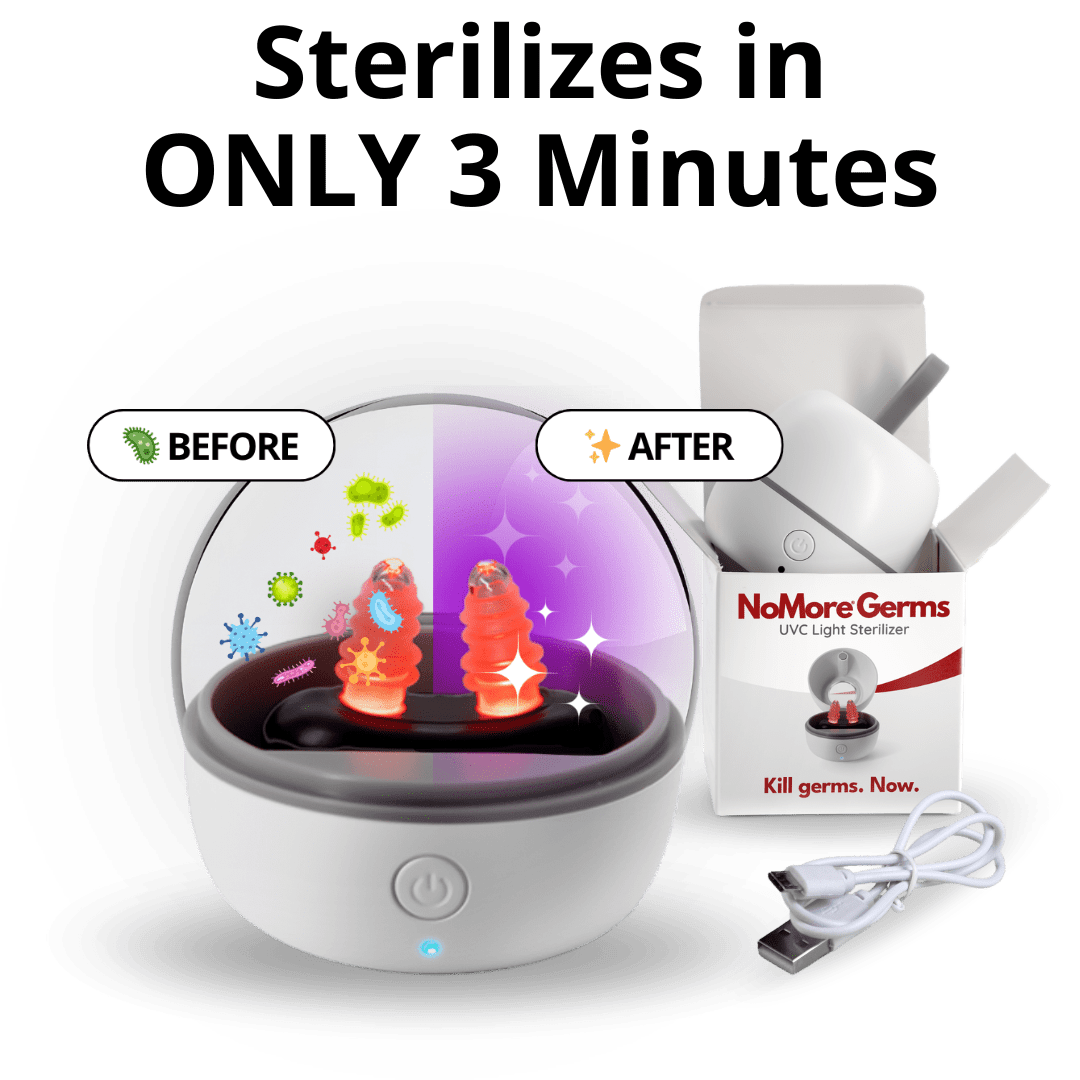
Leave a comment
All comments are moderated before being published.
This site is protected by hCaptcha and the hCaptcha Privacy Policy and Terms of Service apply.